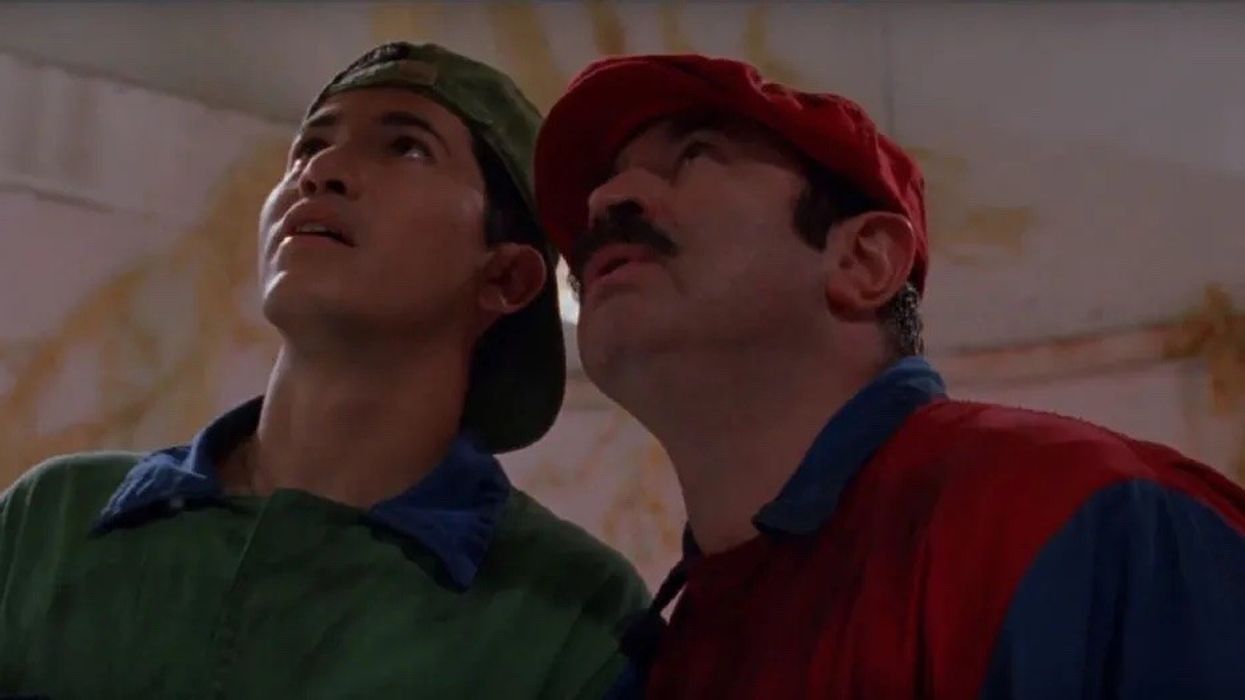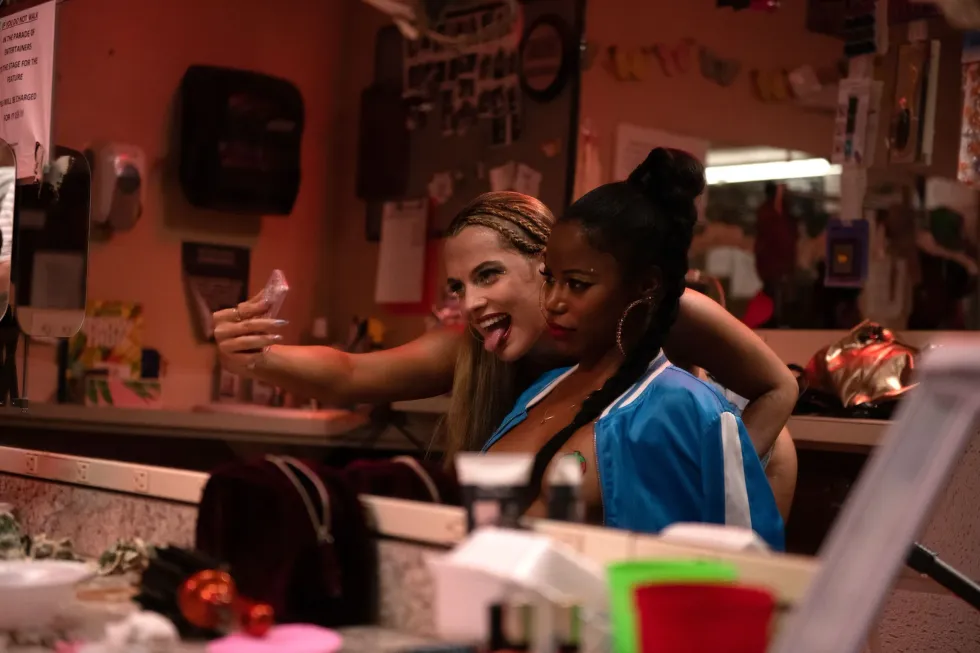Did Quentin Tarantino Help Change Hollywood’s Mind on ‘Super Mario Bros.’?
The legacy of Super Mario Bros. is going through a shift due to our favorite American auteur filmmaker.

Video game adaptations are all the rage right now, and for good reason. We are deep in the era of prestige television, and video games like The Last of Us have found a comfortable home on platforms like HBO.
Although limited series might seem like the way to go for most video games, film adaptations of beloved stories still have their time and place on the silver screen. The Super Mario Bros. Movie hit theaters this past weekend and brought in $146 million at the domestic box office (according to Box Office Mojo), making it a certified blockbuster.
While we sing Jack Black’s Peaches song as the victory tune for an IP that hasn’t always done well, we must remember the live-action Super Mario Bros.movie’s legacy as one of the early attempts at video game adaptations.
The live-action 1993 film bombed at the box office, and was infamously dubbed one of the worst movies of all time. Although the film later developed a passionate cult following, the directors, Rocky Morton and Annabel Jankel, tell Variety that Super Mario Bros. was so “reviled” that it left a “black mark” on their careers in Hollywood.
Then, an unlikely hero “washed away the stain” with a midnight screening of the film at the New Beverly Cinema in March.
A New Legacy for Super Mario Bros.
After Quentin Tarantino shouted out the Super Mario Bros. directors on his and Roger Avary’s podcast, The Video Archives Podcast, while also raving about their directorial debut D.O.A.
“My thought was that there would be 10 or 20 people there,” Morton says. “But it was jam-packed. There were people queuing up around the block for extra tickets.”
Returning to watch the film 30 years later, Morton reveals that the audience found a new appreciation for the film as they were “laughing and clapping at all the right places. They weren’t doing it ironically; it was genuine.”
“It was like being at a film festival,” Jankel adds. “It was vindicating. It took 30 years of a bad feeling to be wiped out in one evening.”

Morton and Jankel were never trying to recreate the original game. It wasn’t possible with the source material at the time or the darker direction that the directors wanted to go. Morton believes that the film people wanted to see was the animated one that we got in 2023.
In comparison, Shigeru Miyamoto, the creator of Super Mario Bros., co-produced The Super Mario Bros. Movie with Chris Meledandri’s animation studio Illumination and was involved in every step of the production process from casting to animation to story development.
Although Morton and Jankel did meet with Miyamoto ahead of the 1993’s film’s production, where Miyamoto “actually liked our film,” the relationship between the directors and the Nintendo executive didn’t pan out. Nintendo's distance from the 1993 films might have helped Morton and Jankel create a film that was more widely accessible to the audience that came to the film.
“If I’d have had a relationship with Miyamoto and brought him onboard if he had been a producer and he understood what we were doing, he wouldn’t have let certain things happen,” Morton says. “We would have been a team, and it would have been a different film.”

Super Mario Bros. is unfortunately a movie that was overproduced and lost control far too early in its production. The goal of the film got lost as others attached to the project wanted to make it something familiar despite Morton and Jankel purposefully wanting to stray away from a “video game adaptation.”
Despite the pain and regret the directing duo feels for the film’s existence, they have found a sense of peace knowing that the film “has found its place in the annals of history.”
The directors also believe that the 90s wasn’t the time to start making video game adaptations. “There was a huge outcry in America about how video games were being forced down the throats of our children and polluting our youth,” Morton says. “That they’re not doing their homework and video games are affecting their brains and their diets. These games were viewed as this kind of evil monster.”

The legacy of a bad film can’t be understanded in cinema history. Bad movies are a result of many things, but one of the reasons is that it is risky to be the first one to try something. You might fail or succeed spectacularly, and those are your own two choices. Those are not the best odds in the world, but having a team that supports you and understands your vision will help you achieve what you want to make. Filmmaking is hard work, so make sure you have a team that you enjoy collaborating with.
What are your thoughts on 1993’s Super Mario Bros.? Let us know in the comments below!
Source: Variety













